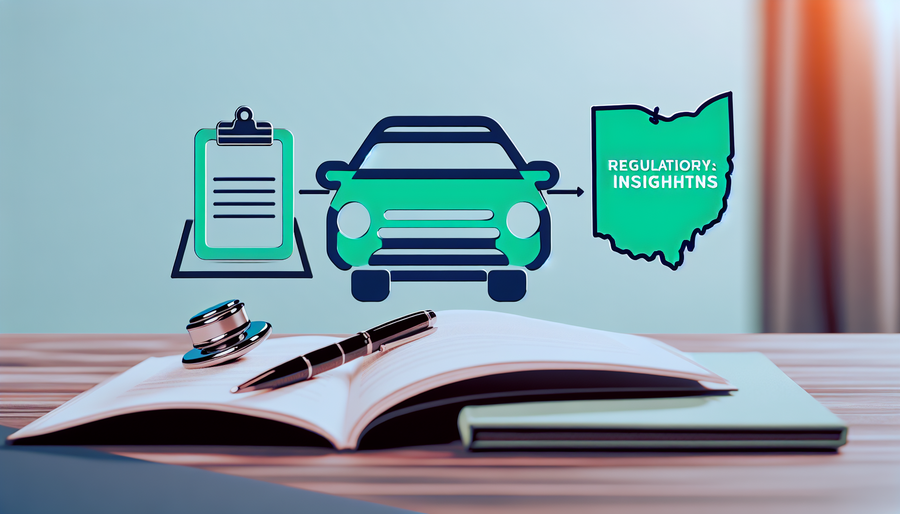Understanding Ohio's Latest Car Insurance Regulations

Understanding Ohio's Latest Car Insurance Regulations
Ohio's car insurance landscape is evolving with new regulations aimed at improving coverage and consumer protection. Whether you're a long-time resident or a new driver in the Buckeye State, staying informed about these changes is essential for compliance and financial security. In this post, we'll break down the latest policy updates, how they affect drivers, and what you need to do to stay covered.
Why Are Car Insurance Regulations Changing?
Regulatory updates in Ohio are often driven by shifts in economic conditions, rising accident rates, and the need for better consumer protection. Lawmakers and insurance regulators periodically review policies to ensure that minimum coverage requirements align with current realities and that insurance companies operate fairly.
Key Changes to Ohio's Car Insurance Policies
Ohio has recently introduced several updates to its car insurance laws. Here are the most significant changes:
1. Increased Minimum Liability Coverage
One of the most notable updates is an increase in the state's minimum liability coverage requirements. Previously, Ohio mandated lower limits, but the new laws require drivers to carry higher amounts of bodily injury and property damage coverage to better protect against costly accidents.
2. Enhanced Penalties for Uninsured Drivers
To discourage uninsured driving, Ohio has implemented stricter penalties for those caught without valid car insurance. These may include higher fines, license suspensions, and potential vehicle impoundment. Being uninsured can now lead to greater financial and legal consequences.
3. Adjustments to Medical Payment Coverage (MedPay)
Ohio's updated regulations have also made changes to MedPay, an optional coverage that helps pay for medical expenses after an accident. Policyholders should review their options, as insurers may modify terms to align with the new rules.
4. New Requirements for Rideshare and Delivery Drivers
If you drive for services like Uber, Lyft, or DoorDash, Ohio's latest policy updates include specific insurance requirements for rideshare and delivery drivers. Understanding these changes will help ensure you have adequate coverage while working.
What These Changes Mean for Ohio Drivers
The new regulations aim to provide better financial protection for all motorists. However, they also mean that some drivers may see adjustments in their premiums as insurers update policies to reflect the new requirements. To avoid penalties and ensure full compliance:
- Review your current auto insurance policy and confirm it meets Ohio's updated minimum coverage.
- Speak with your insurance provider about potential premium impacts.
- Consider additional coverage options to enhance your financial security.
Final Thoughts
Ohio's latest car insurance regulations bring important changes that impact all drivers. By understanding these updates, staying compliant, and reviewing your policy, you can protect yourself from legal issues and financial setbacks. If you're unsure how these changes affect you, consult with your insurance provider to make necessary adjustments.
Stay informed, stay covered, and drive safely!






